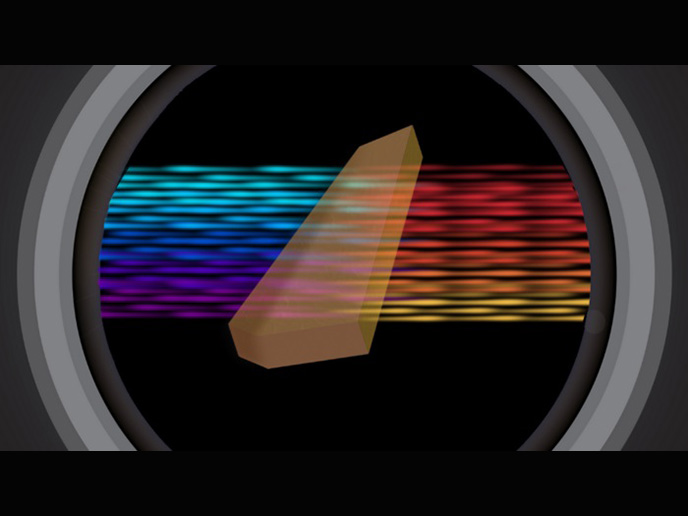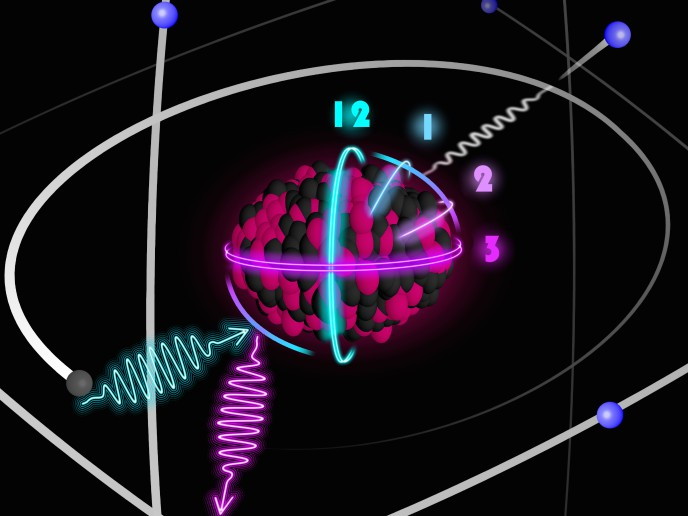Light couples to matter in carbon nanotubes and graphene
Armed with a fundamental understanding of atoms, molecules and optics, scientists can today tackle challenges that just a few decades ago seemed impossible: the precise control of atoms, molecules and electrons using light. Moreover, this ability to control quantum systems has opened the way for revolutionary applications. The EU-funded QOCAN (Quantum optics of carbon nanostructures) project brought together four scientific teams from Brazil, Iceland, Russia and the United Kingdom to create the theoretical basis for using carbon-based nanostructures as elements of optoelectronic nanodevices. The collaboration of scientists from two different research communities lies at the heart of the project. Quantum light meets condensed matter "The condensed matter community, which focused on nanostructures, coming together with the quantum optics community, which traditionally works with atomic and molecular systems is a new tendency," noted Professor Misha Portnoi, QOCAN coordinator from the University of Exeter in the United Kingdom. "Following this tendency, the QOCAN team successfully addressed critical challenges in nanoscience and nanotechnology. They supplied the research community with a new scientific language for describing quantum optical phenomena in carbon-based nanostructures," he added. Theories of quantum electrodynamics (QED) QOCAN scientists studied the interactions of carbon-based nanostructures and quantum light to develop new theories of QED. Research centred on carbon nanotubes and graphene as they have intriguing electrical, magnetic and optical properties. QED provided the theoretical framework to describe the interaction of light and matter, and that of charged particles with one another. "The theory of graphene subjected to a quantised electromagnetic field and the field-induced modification of its electron energy spectrum was elaborated," explains Dr Portnoi. This is a major development as a generic theoretical approach has been developed that applies to both graphene and semiconductors. This allows the unification of quantum and classical descriptions of light-matter interaction. Further, QOCAN scientists have developed the theory of electronic properties of carbon nanotubes in the presence of quantum light as well as proposed new theories regarding the electrodynamics of carbon nanotubes-based devices. They also theoretically embedded carbon nanotubes in a microcavity and studied modifications of its electron states resulting from electromagnetic field fluctuations. In the terahertz frequency range Dr Portnoi concludes that QOCAN has led to "several proposals for the utilisation of electronic properties of carbon-based nanostructures in terahertz optoelectronics. Besides the formulation of a theory for the response of carbon-based nanotubes to laser-generated quantum light in the terahertz frequency range, we developed new theoretical descriptions of terahertz detectors." Terahertz detectors based on carbon nanotubes could significantly improve medical imaging, airport passenger screening and food inspection technology. The terahertz frequency range – that falls between the more conventional ranges used for electronics on the one hand and on the other hand optics – presents great promise as well as new, exciting challenges for scientists. The photonic energy in the terahertz range is smaller than for visible light, and not many materials exist that absorb light efficiently and convert it into an electronic signal. QOCAN findings suggest that carbon nanotubes may help bridge the technical gap. The success of this purely theoretical research initiative is reflected by 39 publications in renowned peer-reviewed journals, like Physical Review A &B, as well as in international conference proceedings.







